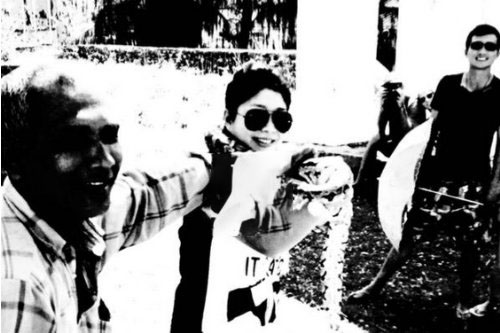
Sounds from Sri Lanka
Sounds from Sri Lanka is a project of Cities and Memory that asked composers to remix and reimagine location recordings by Stéphane Marin. Selected pieces were selected for a free album on Bandcamp.
You can hear my own piece “Rhythmic auditory field at Galu Kotuwa a] hocket b] drone”, derived from the file “Galle Fort - tourists, snakes and oriental music”.
The source recording captures the cacophony of traffic and tourists at Galu Kotuwa, Sri Lanka. This piece comprises two interpretations, each focusing on superposition and rhythmic interaction.
The first section layers a short excerpt of the original. These overlays have been offset, so that the total effect comes from the interlacing of components (car horns, voices, laughter). A new rhythm is created from the old, similar to how the hocketing technique works in Subsaharan African music, Balinese gamelan, late medieval French motets, and seventies funk. The more one listens, the more one finds emergent musical qualities.
Much of the recording documents street hustlers as they encourage tourists to have their photos taken with a cobra. There is a brief section of actual music, likely from a pungi or murli, the reed and gourd instrument commonly used by snake charmers. The fact this instrument is played using a circular breathing technique inspired the second section, which resynthesises the timbre using short, repetitive loops. A rhythm is imposed by this technique, in a manner similar to granular synthesis.
I found the original recording to be emotionally charged. My sympathies were first with the tourists being hassled by strong-arm sales tactics, then with the young hustlers themselves, forced to survive on their wits, and finally with the cobra, ripped from its home and held captive in a chaotic urban environment. Mass world tourism is symptomatic of an intense capital exploitation that creates a world of opportunity. The trick is that this “opportunity” is only that faint chance one might create with one’s life the integral form it had, before the arrival of that self-same capitalism. It’s a trick, a recursion. A snake eating its own tail.